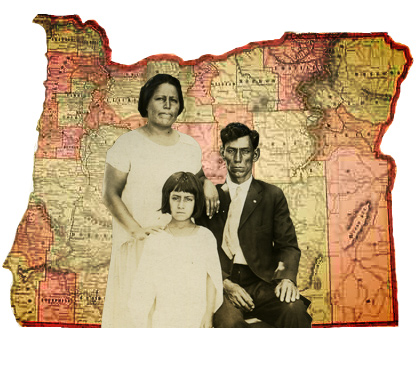Some times art just seems to flow and the time flies as we are creating. Other times, the inspiration just pours out and soon you are in front of a beautiful work. In this case, the award-winning designer and muralist José Solis (and his assistant) are progressing at breakneck speed while creating the mural that will serve as the backdrop to Super Ana!, the newest offer from the touring troupe, Teatro Milagro (more on that soon).
The three pictures above were taken in the space of 24 hours and take us from the blank, stretched canvas, through the outline sketch and into a full-color sketch!
You can learn more about Jose Solis and his work on his website, and read a brief bio below:
Jose Solis was born in the colonial City of San Luis Potosi (Mexico), home of many artists, he grew up admiring the work of famous Mexican muralists like Diego Rivera, Orozco and Siqueiros. At age 14, while an art student he was admitted as an apprentice at a sign & commercial art studio learning brush lettering and mural design. In the 70s he became famous painting airbrushed murals on custom vans while studying at Customizing Center near Los Angeles, CA. his work in the style of Frank Frazetta was showed on National magazines like Hot Rodding. In 1983 He founded Creative Art Services in Portland, Oregon. That same year The Oregonian published a full page article and photos of his original work a 70’x15’ oil painting on concrete he did at Ascension Catholic church in SE Portland. One of his first commissions was to paint a large Oregon Lottery wheel for a TV commercial. To this date his work has included:
- Scenic painting for many feature films including the stop animation movie “Coraline” by Laika Entertainment, etc.,
- Set design for Nike, Adidas, Doc Martens, Portland Trailblazers, video & photography projects, among others.
- Art direction for the Oregon Lottery & many other national TV commercials.
- Mural art & custom lettering for museums, churches, schools, private residences, etc.
Jose’s work has been recognized for his unique style with awards including: Silver Medal Award at the International Film & Television Festival of New York, Best Spiritual Documentary Judge’s Award winner and People’s Choice Award Winner, & more.


















.jpg)










